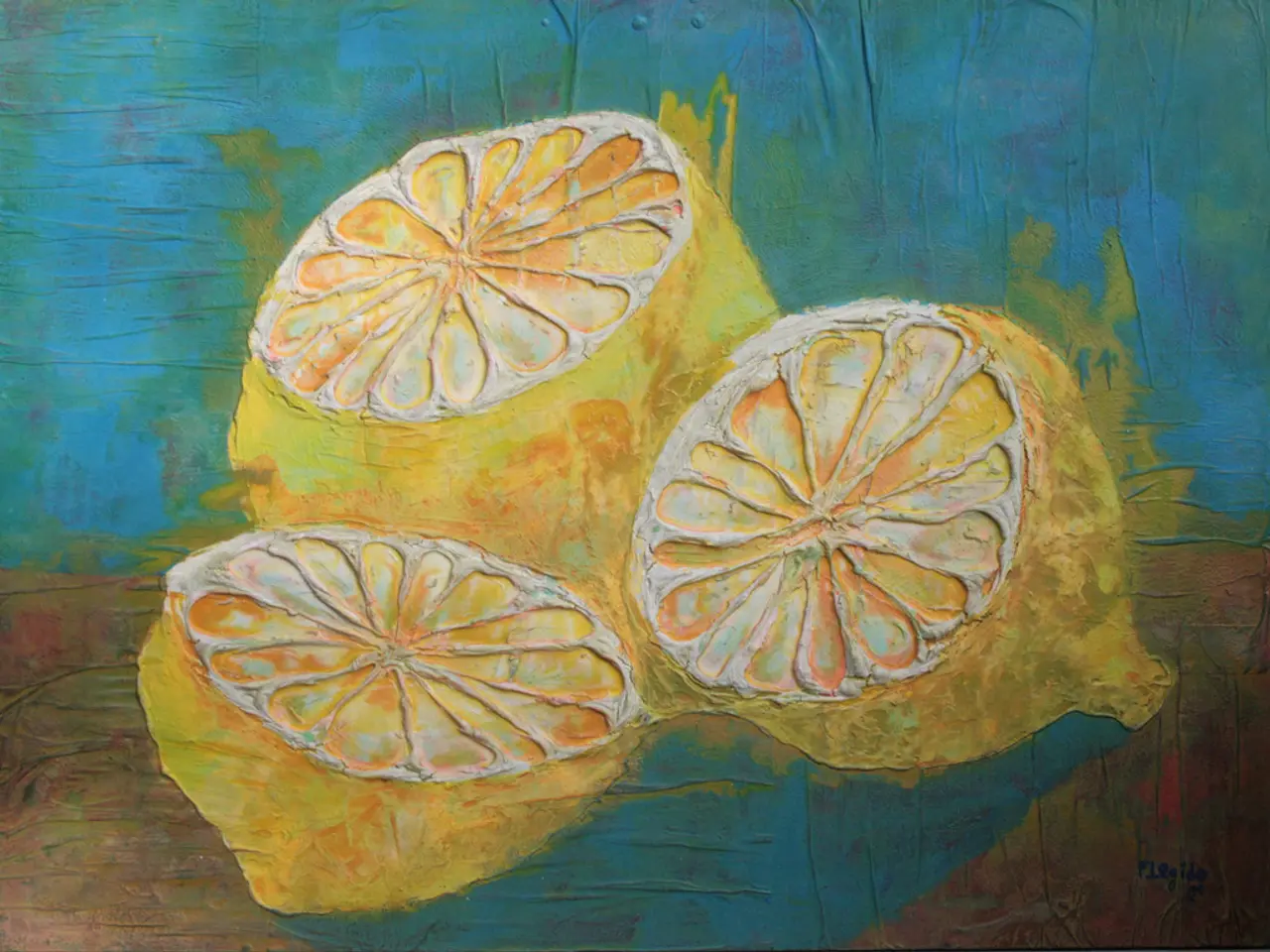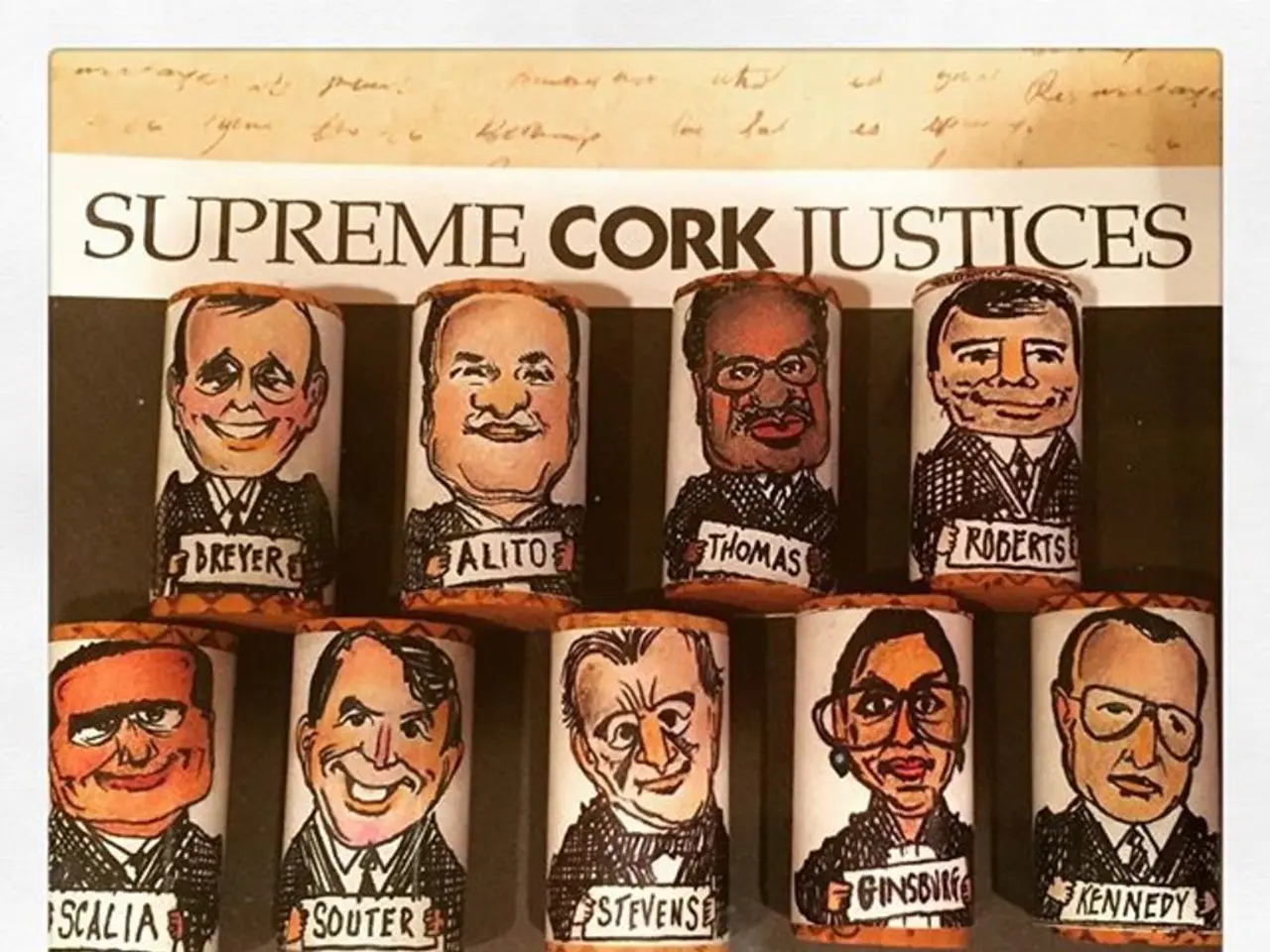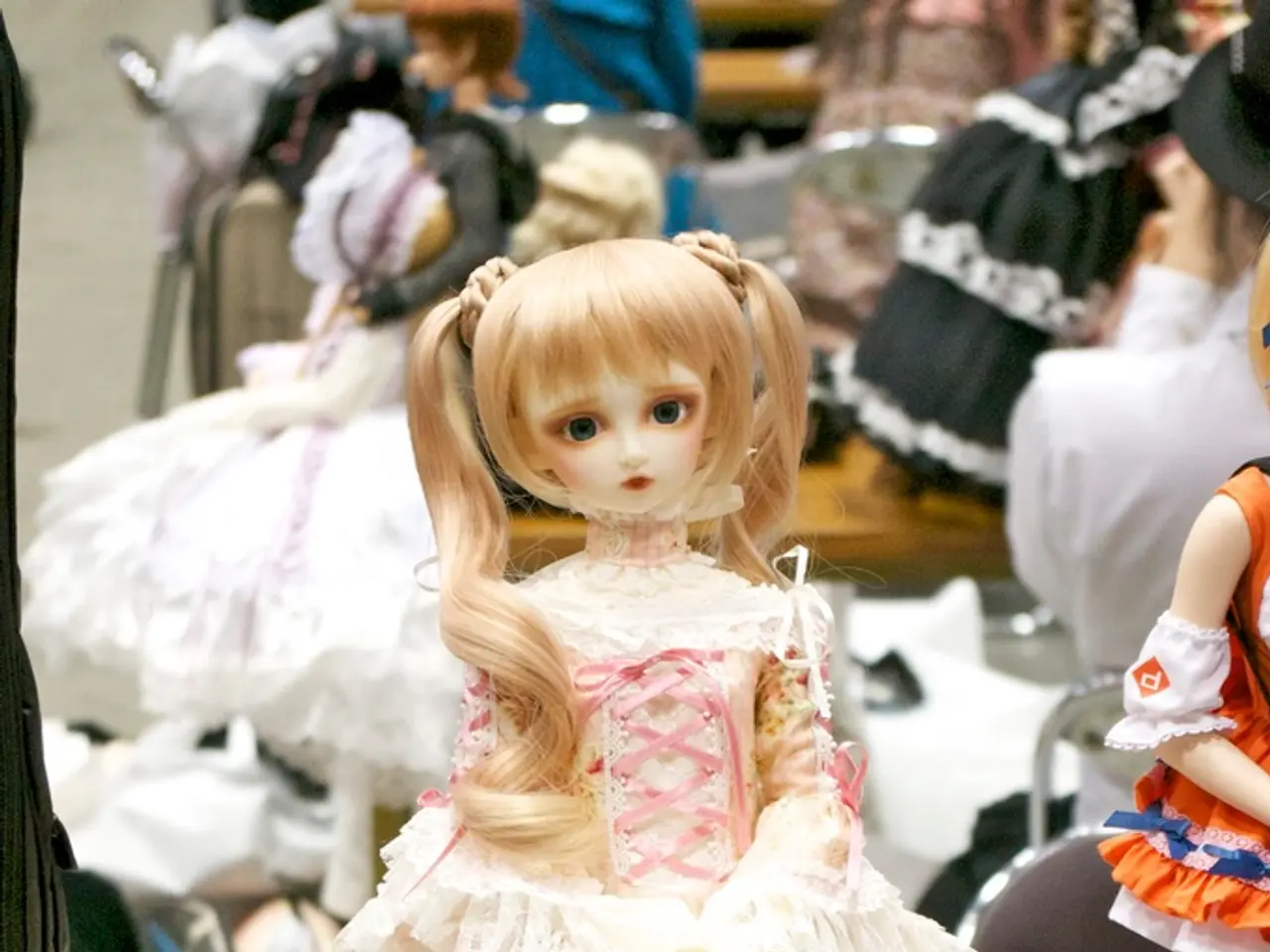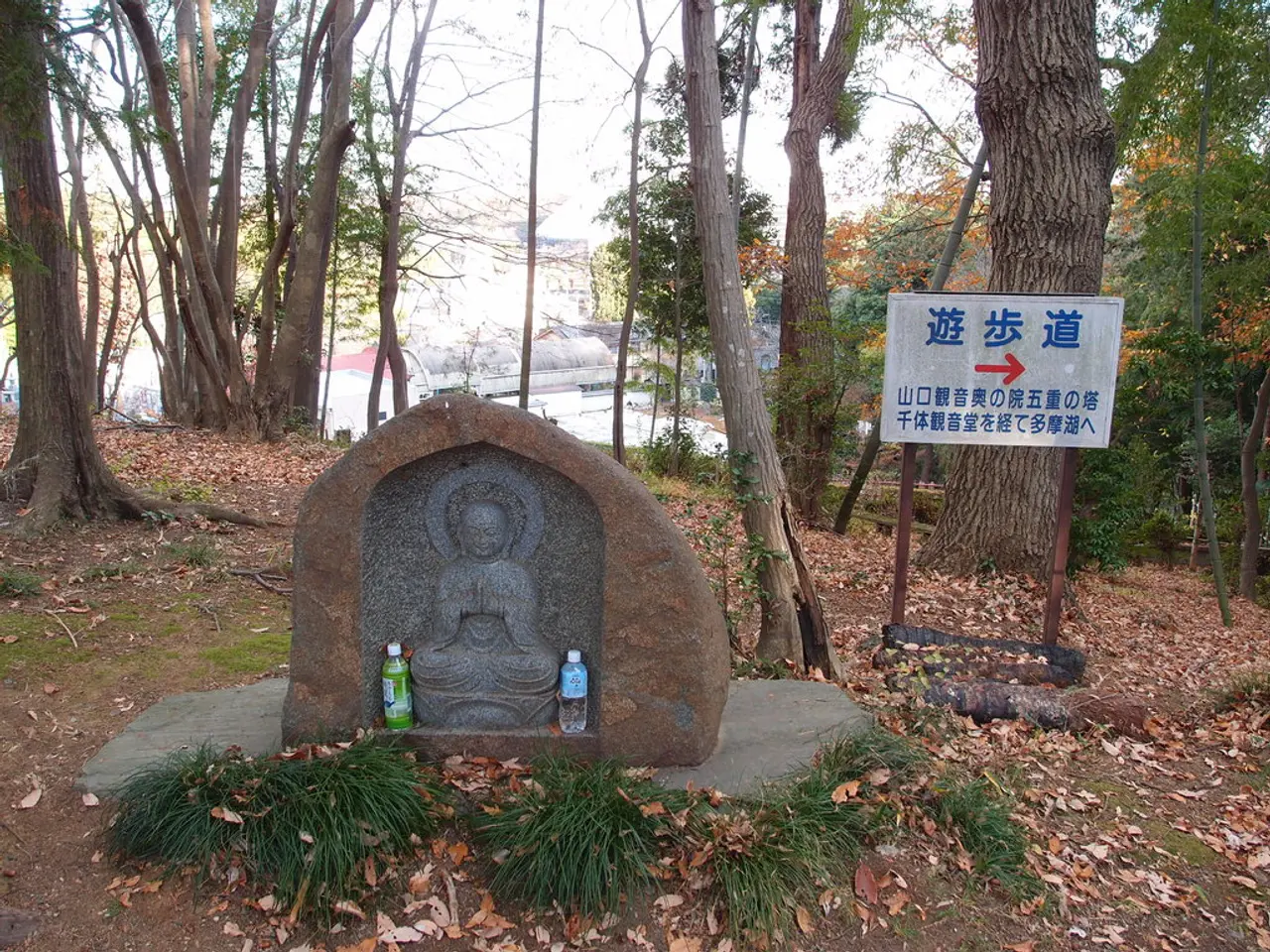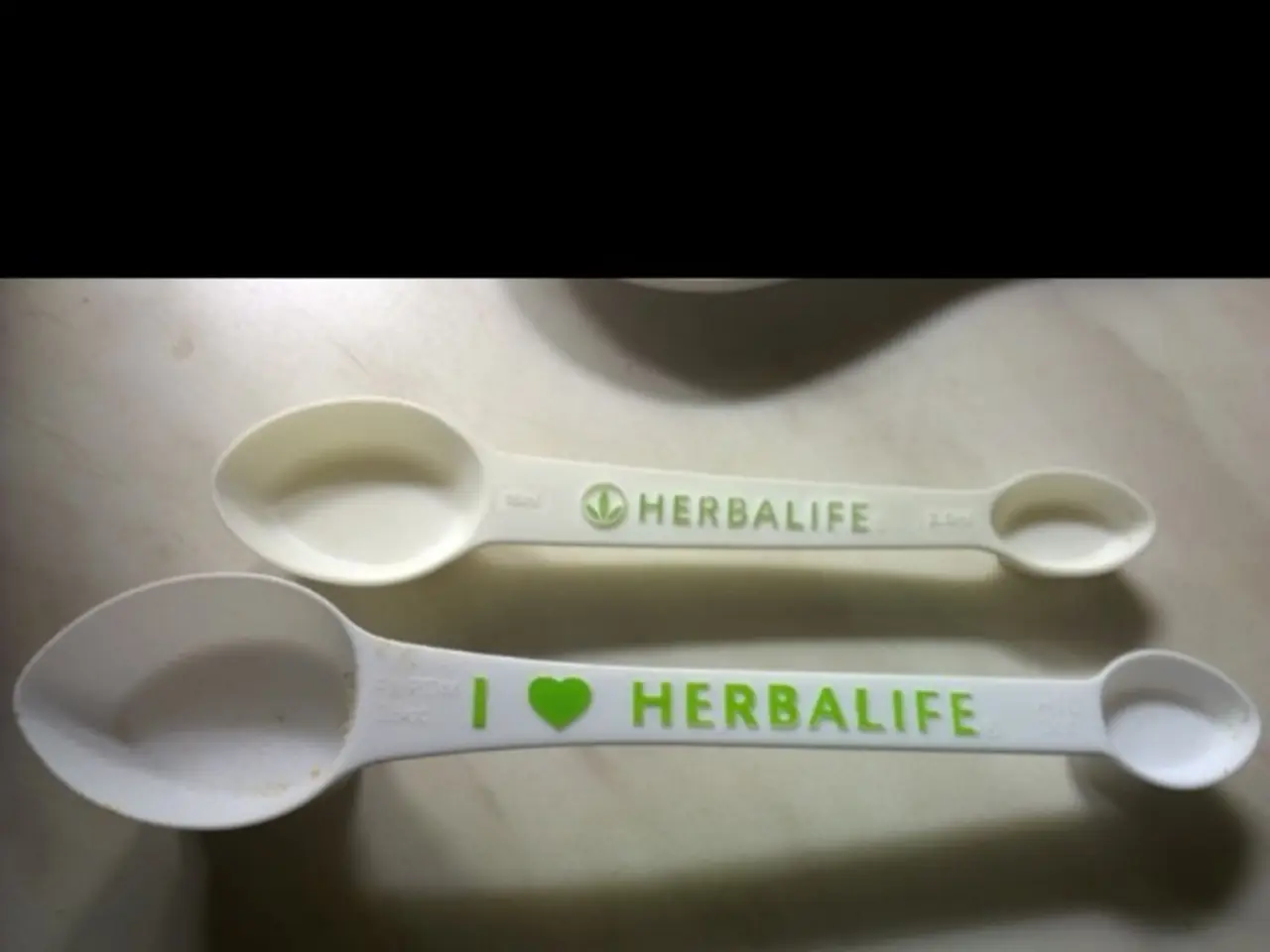Creating Yellow Paint Easily: A Comprehensive Blending Instructional
In the world of art, light yellow is a versatile and charming hue that brings a touch of sunshine to any creation. Whether you're working with acrylics, watercolors, or oils, mastering the art of mixing light yellow paint is a crucial skill.
The Basics of Mixing Light Yellow
The fundamental approach to creating light yellow paint involves starting with a pure yellow base and gradually adding white to lighten the hue. This process results in a pale or light yellow shade, perfect for a variety of art and design settings.
Begin with a small amount of yellow paint as your base color. Yellow is a primary color and the foundation for light yellow. Gradually mix in white paint to lighten the yellow. The amount of white determines how pale or pastel the yellow becomes. Add the white paint incrementally until the desired lightness is achieved.
Acrylics: A Creamy Tone
For the best results when working with acrylics, start with a vibrant yellow acrylic such as Benzimidazolone Yellow Medium. Mix in Titanium White, which has strong opacity and coverage, to lighten the yellow to a pale shade. Be careful not to dilute acrylics with too much water, as that can weaken the color intensity.
Watercolors: Transparent and Subtle
When working with watercolors, start with yellow watercolor paint. Add white watercolor paint or more water to lighten the yellow. Because watercolor is transparent, light yellow is often made by using less pigment concentration (more water) rather than mixing in white pigment.
Oil Paints: Smooth and Blendable
In oil paints, use a pure yellow oil paint. Mix with white oil paint (usually titanium white) to achieve the light yellow shade. Oils blend smoothly, so add white gradually while mixing on the palette for the right tint.
Additional Notes
No significant alterations to hue are needed unless a very specific nuance of light yellow is desired—pure yellow plus white suffices for most light yellow needs. In all mediums, the key is careful gradual mixing of white for control over how light and opaque the color becomes. Adding other colors like brown or green moves away from light yellow towards other shades, so avoid when the goal is a pure light yellow.
Exploring Light Yellow's Potential
Light yellow shines in various art and design settings, such as backgrounds, highlights, and accents. Adding a tiny amount of red or orange can warm the yellow, making it more inviting. Light yellow pairs beautifully with soft greys, mint green, sky blue, lavender, coral, and neutral tones.
Quality Matters
Using low-quality paint can result in uneven texture or poor coverage. Accidentally blending complementary colors like purple or blue can lead to a muddy tone. Mixing too much white can wash out the yellow's vibrancy. Failing to test a small sample can lead to surprises on the canvas.
Embracing the Sunshine
Light yellow is often used in floral compositions and sunlit landscapes. Understanding color models like RGB and CMYK systems helps with digital and physical blending. Starting with a base of yellow helps maintain the vibrancy of light yellow. Light yellow is a primary color and the base for mixing lighter shades.
To warm up light yellow, add a hint of orange or red. To cool down light yellow, add a tiny amount of light blue or green. To create light yellow, start with high-quality yellow pigments. In oils, mix with zinc white for better tinting control and drying balance. In watercolors, use more water and a touch of white gouache for soft washes.
Gradually adding white helps to avoid washing out the yellow. Light yellow evokes happiness and playfulness, making it a favorite in children's art and nursery decor. With these tips in mind, you're now equipped to create stunning light yellow masterpieces in your artworks!
- The versatile hue of light yellow isn't limited to the world of art; it extends its charm into various lifestyle choices, such as fashion-and-beauty, food-and-drink, home-and-garden, and education-and-self-development.
- Whether you're mixing light yellow for an oil painting or applying it as a pastel shade on a fashion accessory, the fundamental approach remains the same: start with a yellow base and gradually add white to achieve the lightness desired, using an appropriate medium for the best results.
